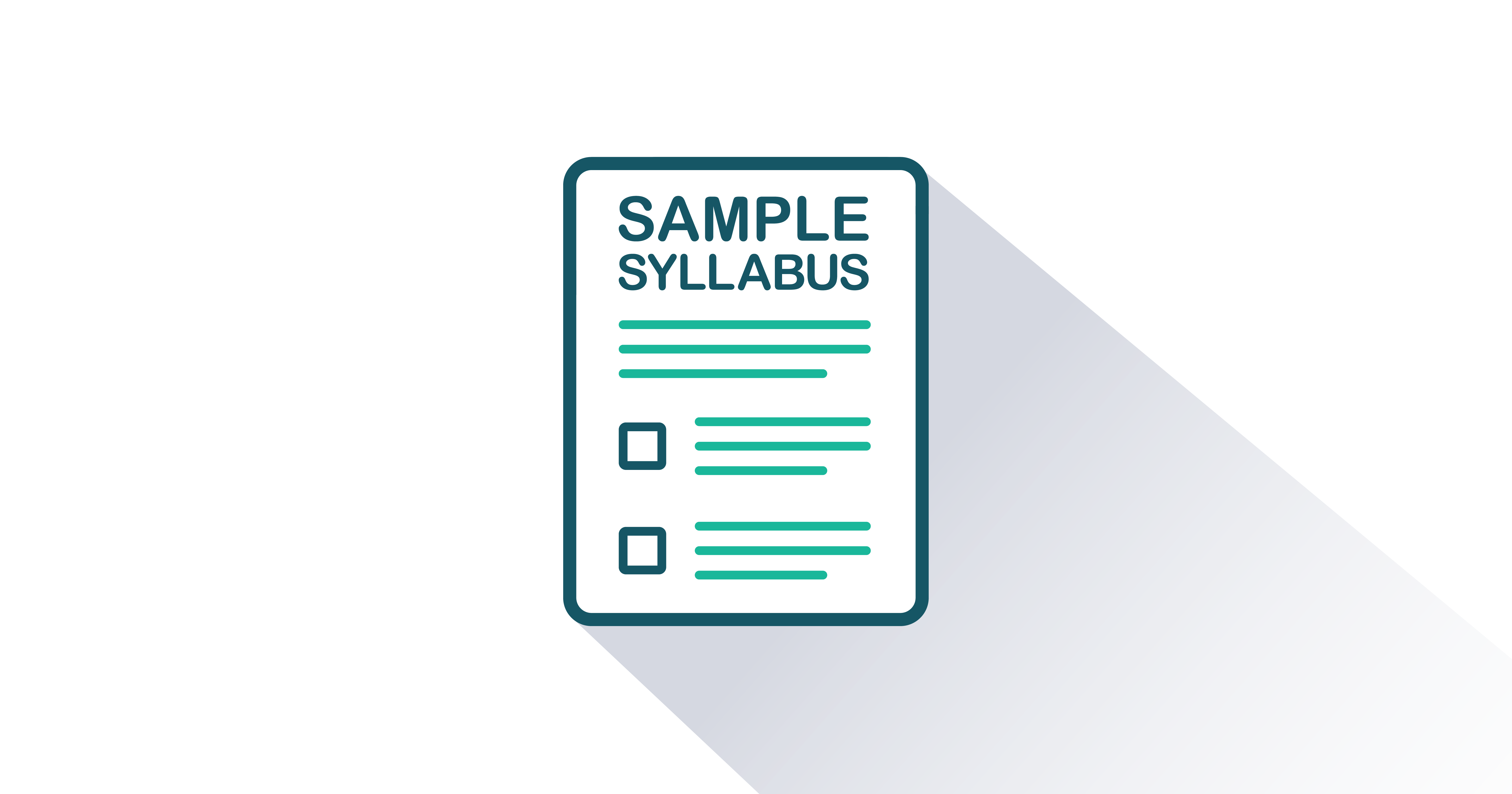- Published
- August 2021
- Page Count
- 594
- ISBN (Digital)
- 978-1-4533-3949-7
Principles of Macroeconomics
Version 9.1
By John B. Taylor and Akila Weerapana
Included Supplements
Key Features
- Updated with over 115 new hyperlinks that include brief video lectures scripted and recorded by John Taylor that align with the narrative to introduce, explain, and illustrate key economic concepts. Hyperlinks include additional videos that apply topics to real-world situations and links to webpages that enrich online courses, engage students, and reinforce or augment that narrative.
- Employs several economic models to structure the presentation of key principles: Supply and Demand (Ch. 3), Spending Allocation (Ch. 7), Labor Market (Ch. 8), Quantity Theory of Money (Ch. 10), Spending Balance (Ch. 11), and Economic Fluctuations (Ch. 13).
- Stimulating vignettes begin each chapter and resonate with readers.
- Crisp, clean, and conversational writing style holds students' interest.
- Quickly establishes clear understandings of fundamental topics such as competitive markets, equilibrium and market efficiency, and the policy implications of business cycles.
- Clear and well-crafted graphs, tables, and summaries make it easy to read and understand key data.
- Chapter-end reading assignments based on real-life cases are contemporary and compelling.
- Carefully selected, revised, and tested problems at the end of every chapter are grounded in real-world situations.
- Definitions of key terms appear in the margins and are hyperlinked online.
- Customizable.
Students
- Online Access Price
- $36.95 ($53.21 CAD)
- Color Printed Textbook with Online Access Price
- $63.95 ($92.09 CAD)
Principles of Macroeconomics is suitable for introductory macroeconomics courses usually called principles of macroeconomics, macroeconomics principles, introductory macroeconomics, or similar titles, taught primarily at the undergraduate level at two- and four-year colleges and universities. The course may also be taught at the MBA level. This full-length volume encompasses only macroeconomics chapters and would typically be used in a semester- or quarter-long course. Separate volumes of this book titled Principles of Economics (covering both microeconomics and macroeconomics) and Principles of Microeconomics are also available.
Principles of Macroeconomics is co-written by two acclaimed teachers, one of whom is a globally recognized policy expert and eminent scholar. This highly regarded textbook features a remarkably accessible presentation grounded in the central idea of economics: that people make purposeful choices with scarce resources and interact with others when they make these choices. This engaging text provides simple and precise descriptions of why markets are efficient when the incentives are right and inefficient when the incentives are wrong. In addition to their impeccable credentials, both authors possess recent and extensive classroom-based experiences, which gives rise to authentic real-world examples that enliven the book’s narrative and readily connect with students.
New in This Version
New in Version 9.1:
- Updated with over 115 new hyperlinks that include brief video lectures scripted and recorded by John B. Taylor that align with the text narrative to introduce, explain, and illustrate key economic concepts at the most teachable moments in the book. Hyperlinks include additional videos that apply topics to real-world situations and links to webpages that enrich online courses, engage students, and reinforce or augment that narrative.
- Updated Chapter 5’s introduction to reflect the current economic situation (“Macroeconomics: The Big Picture”).
- Updated all GDP, inflation, and unemployment data in Chapter 5’s charts and figures.
- Updated the National Bureau of Economic Research (NBER) summary table with start and end dates of the 2020 recession sparked by the coronavirus pandemic.
- Updated the application of the economic fluctuations model in Section 13.5 to better reflect the impact of the 2020 coronavirus pandemic (“Using the Economic Fluctuations Model to Understand the Impact of the COVID-19 Pandemic on the Macroeconomy”).
Reflects the recent updates made to Version 9.0:
Many graphs are hyperlinked to the underlying Federal Reserve Economic Data (FRED) source. Students can easily link to the most updated data for these graphs and become familiar with manipulating data from the Federal Reserve.
Key updates include:
- Can AI and machine learning improve resource allocations? (Ch. 1)
- Netflix pricing and demand elasticity. (Ch. 4)
- Updated economic data includes increasingly positive economic data prior to 2020, initial recessionary impact of the COVID-19 pandemic as reflected in first- and second-quarter economic data, and fluctuations in labor market strength. (Ch. 5–7)
- New coverage of cryptocurrencies, Venezuela’s hyperinflation, negative interest rates, and Fed tapering. (Ch. 10)
- Fully revised discussion of post-2016 recovery following the Great Recession and impact of the COVID-19 pandemic on the recovery. (Ch. 11)
- New discussion of why inflation was absent from the Great Recession’s recovery—and what considerations might be missing from economic models as a result. (Ch. 13)
- Tax discussions updated to align with Tax Cut and Jobs Act of 2017. (Ch. 14)
- Updated discussion of the Fed’s balance sheet normalization and unwinding of quantitative easing (QE) from 2017–2019. Coverage of renewed growth of the Fed’s balance sheet in response to the impact of the COVID-19 pandemic and prospects for eventual unwinding. New coverage of negative interest rates in Sweden and Switzerland. (Ch. 15)
- Explains the switch from poverty-alleviation goals from Millennium Development Goals to Sustainable Development Goals. China’s Belt and Road initiatives that propel that country to a global leader in funding development projects. (Ch. 17)
- Explores the Trump Administration’s trade policies and their impacts, including the USMCA’s replacement of NAFTA, the brewing trade war with China, and how import tariffs impact U.S. consumers. (Ch. 18)
- Updates specific to the COVID-19 pandemic throughout include:
- New boxed feature on “The Price System During National Disasters.” (Section 1.3)
- Clear illustration of differences between correlation and causation using impact of the pandemic on gas prices and miles traveled. (Section 2.2)
- Ventilators and impact of demand on pricing. (Ch. 3 Introduction)
- Price elasticity of supply for scarce goods in a crisis. (Section 4.4)
- General economic turmoil induced by early reactions to the pandemic including economic slowdown, increase in unemployment, recessionary impact, and initial monetary and fiscal policy responses. (Ch. 5 Introduction, Section 5.2–5.3)
- The pandemic’s impact on unemployment. (Ch. 8 Introduction)
- The pandemic’s impact on labor markets. (Section 8.1)
- Fed interventions and a new round of quantitative easing (QE). (Section 10.2)
- The pandemic-induced recession and its potential duration. (Ch. 11 Introduction and Section 11.1)
- Passage and impact of CARES Act. (Ch. 12 Introduction)
- Unexpected transition to the pandemic-induced recession and using the model to analyze the policy response. (Ch. 13 Introduction and Section 13.5)
- Impact of policy responses to the pandemic on the national debt and differing policy views on the right mix of fiscal interventions (Section 14.1 and 14.2)
- The Fed’s response to the pandemic, new balance sheet expansion, a return to zero interest rate policy, security purchases, and “Main Street” lending program. (Ch. 15 Introduction, Sections 15.1–15.3 and 15.5)
- Global economic shocks caused by the pandemic. (Ch. 17 Introduction)
- National security-based trade restrictions on supply chains for personal protective equipment (PPE) in a health crisis (Section 18.7)
- About the Authors
- Acknowledgments
- Preface
-
Chapter 1: The Central Idea
-
Chapter 2: Observing and Explaining the Economy
-
Chapter 3: The Supply and Demand Model
-
Chapter 4: Subtleties of the Supply and Demand Model
-
Chapter 5: Macroeconomics: The Big Picture
-
Chapter 6: Measuring the Production, Income, and Spending of Nations
-
Chapter 7: The Spending Allocation Model
-
Chapter 8: Unemployment and Employment
-
Chapter 9: Productivity and Economic Growth
-
Chapter 10: Money and Inflation
-
Chapter 11: The Nature and Causes of Economic Fluctuations
-
Chapter 12: The Economic Fluctuations Model
-
Chapter 13: Using the Economic Fluctuations Model
-
Chapter 14: Fiscal Policy
-
Chapter 15: Monetary Policy
-
Chapter 16: Capital and Financial Markets
-
Chapter 17: Economic Growth Around the World
-
Chapter 18: International Trade
-
Chapter 19: International Finance

FlatWorld Homework
FlatWorld Homework includes multi-format questions written specifically for your FlatWorld book, which you can access through our stand-alone interface or integrate with your learning management system.

Instructor’s Manual
The Instructor’s Manual guides you through the main concepts of each chapter and important elements such as learning objectives, key terms, and key takeaways. Can include answers to chapter exercises, group activity suggestions, and discussion questions.

PowerPoint Lecture Notes
A PowerPoint presentation highlighting key learning objectives and the main concepts for each chapter are available for you to use in your classroom. You can either cut and paste sections or use the presentation as a whole.

Test Generator - powered by Cognero
FlatWorld has partnered with Cognero, a leading online assessment system, that allows you to create printable tests from FlatWorld provided content.

Test Bank Files for Import to Learning Management Systems
For your convenience, we've packaged our test items for easy import into Learning Management Systems like Blackboard, Brightspace/D2L, Canvas, Moodle, or Respondus.

Test Item File
Need assistance in supplementing your quizzes and tests? Our test-item files (in Word format) contain many multiple-choice, fill-in-the-blank, and short-answer questions.

Sample Syllabi
Sample syllabi provide useful templates to help new faculty adopters revise their teaching plans to match their assigned FlatWorld textbook or lend insights to existing adopters on how to organize their classes.
DownloadAt FlatWorld, we take pride in providing a range of high-quality supplements alongside our titles, to help instructors teach effectively. Supplements are available for instructors who have registered their adoption with us. If you need to review or preview something specific, please contact us.
Already registered? Sign in here.
Additions & Errata
2/28/23: In Section 16.2 "Economic Rents" video was removed due to broken link.
8/9/22: Figure 2.7 updated to reflect correct axis (y=Physical examinations and x= Number of doctors).
